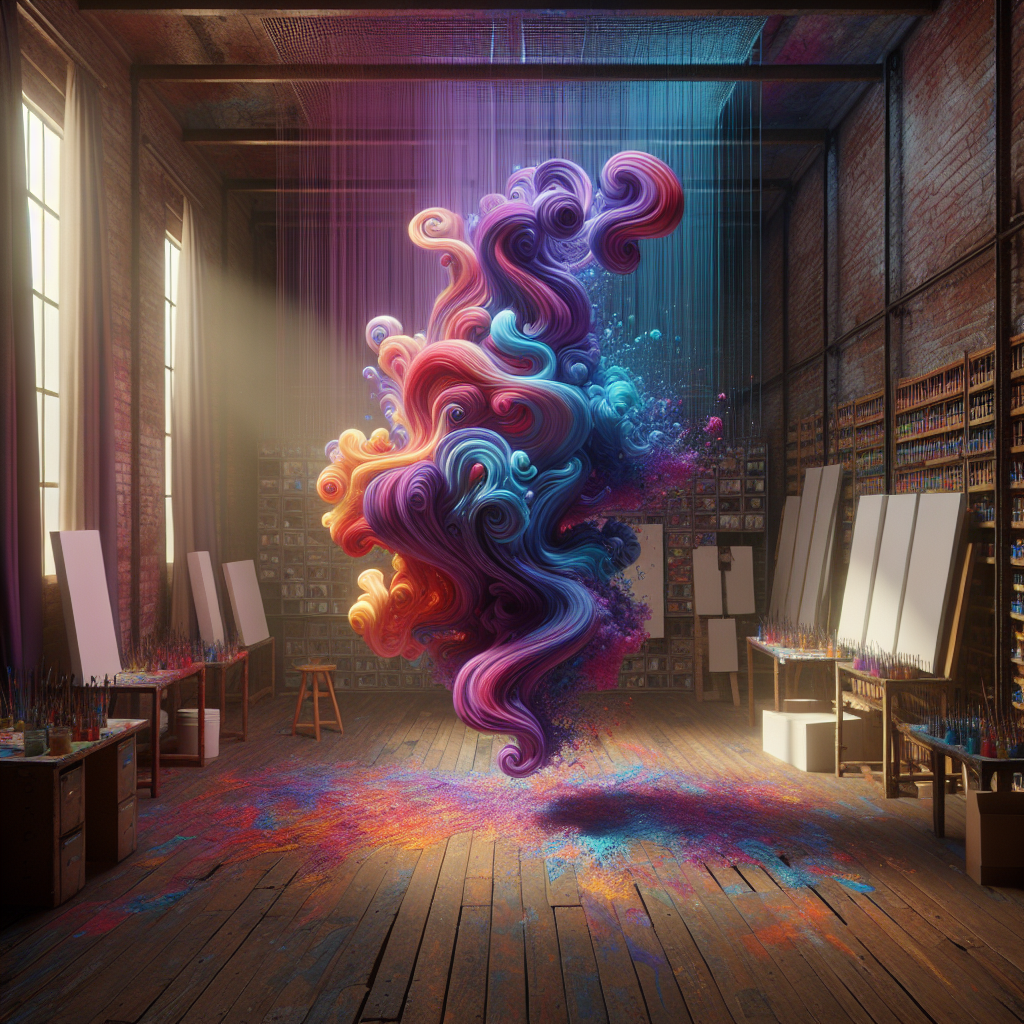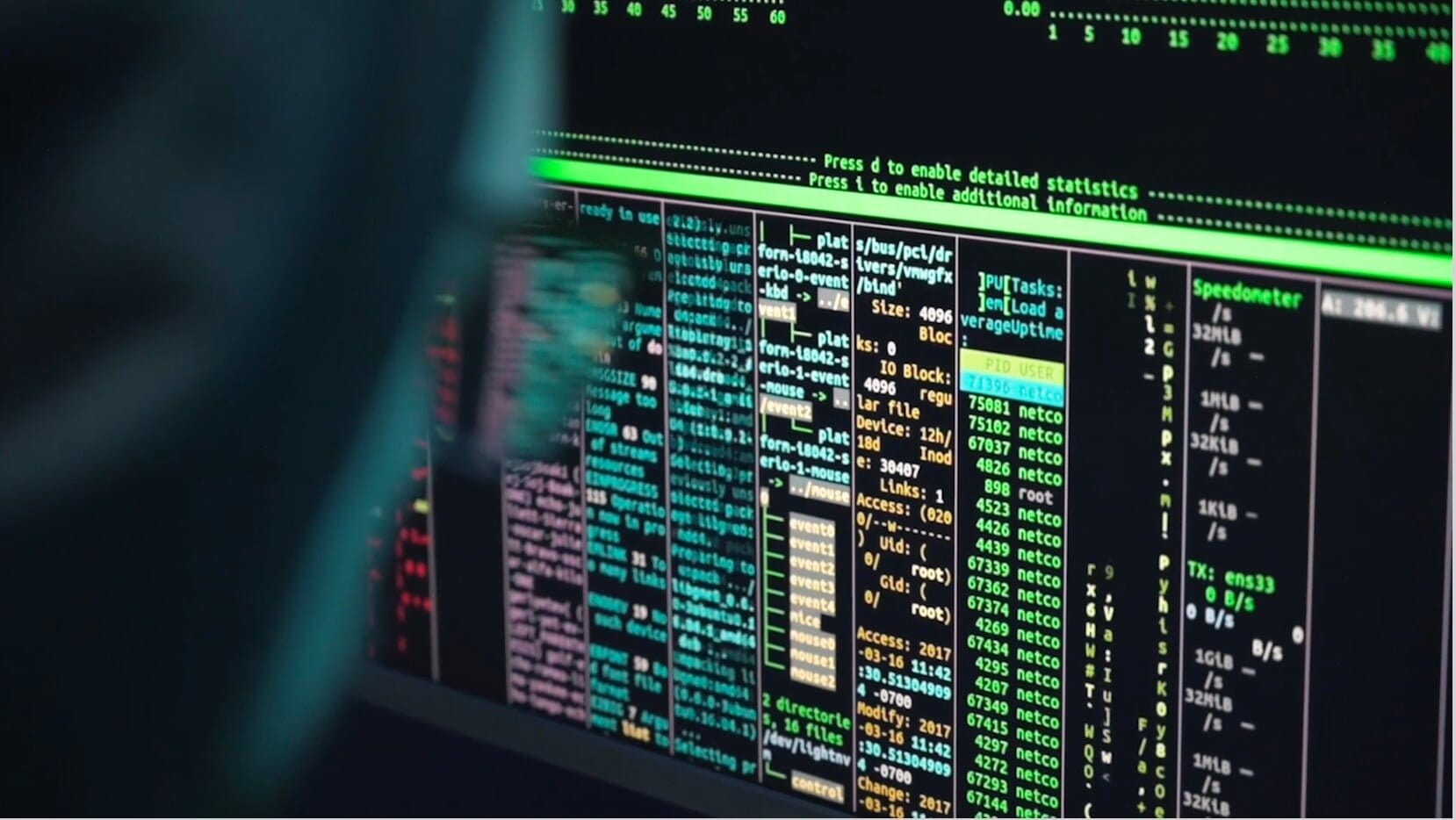The Role of Generative AI in Art Creation

Certainly! Below is the complete expanded blog post on generative AI and its impact on art creation:
The Future of Art Creation: Exploring Generative AI
Generative Artificial Intelligence (AI) is revolutionizing the world of digital art, offering artists powerful tools for exploration and innovation. From groundbreaking auctions to thought-provoking installations, we are witnessing a new era where human creativity intersects with machine learning. This guide delves into the possibilities, applications, ethical considerations, and future prospects of generative AI in art creation.
Introduction
Generative AI is not just about creating digital art; it’s about opening up new avenues for artistic expression and collaboration. By training machines to generate new data that resembles a given dataset, artists can explore novel forms of creativity that challenge traditional boundaries. This guide aims to provide an overview of how generative AI is shaping the future of art creation.
What is Generative AI?
Generative AI involves training machines to produce new data instances that are similar to a given dataset. Unlike discriminative models that focus on classifying or predicting outcomes, generative models create entirely new content. They can be used to generate images, music, text, and other forms of creative output through frameworks like Generative Adversarial Networks (GANs) and Variational Autoencoders (VAEs).
How Does Generative AI Work?
- Data Collection: The process begins with collecting a large dataset relevant to the desired output. For instance, if you want to generate art in the style of Van Gogh, you would collect numerous images of his paintings.
- Model Training: The data is then fed into a neural network. In the case of GANs, two networks are trained simultaneously: a generator and a discriminator. The generator creates new instances, while the discriminator evaluates them against real data. This adversarial process refines the generator’s output over time.
- Content Generation: Once trained, the model can generate new content that mimics the style and structure of the original dataset. For example, it could transform a photograph into an image in the style of Van Gogh or create entirely new pieces inspired by various artistic styles.
Applications of Generative AI in Art Creation
Creating Unique Digital Artworks
Generative AI can produce one-of-a-kind digital artworks that are unique and often surprising. Artists can use these tools to explore new styles, themes, and techniques without the constraints of traditional mediums.
Style Transfer Techniques
Style transfer is a powerful application where an algorithm transforms the style of one image into another. For instance, it can turn a photograph into a painting in the style of Van Gogh or Monet. This technique offers endless possibilities for artists to experiment with different styles and create unique compositions.
Facilitating Collaboration Between Humans and Machines
One of the most exciting aspects of generative AI is its ability to facilitate collaboration between human artists and machines. By leveraging machine learning, artists can enhance their creative processes, allowing them to focus on higher-level conceptual work while the machine handles repetitive or complex tasks.
Popular Tools for Artists Using Machine Learning
Several tools have emerged that enable artists to experiment with generative AI:
- DALL-E: Developed by OpenAI, DALL-E generates images from textual descriptions. It can create highly detailed and imaginative visuals based on text prompts.
- Midjourney: This tool allows users to generate high-quality images through a series of prompts and iterations. It offers extensive customization options for artists.
- Stable Diffusion: An open-source model that can produce a wide range of artistic styles. It is known for its flexibility and the ability to generate detailed and varied images.
Notable Examples of Generative AI in Art
Christie’s Auction of “Edmond de Belamy”
One of the most significant milestones in recognizing AI-generated artwork as valuable art was the auction of “Edmond de Belamy” by Obvious, a collective led by Mario Klingemann. The piece, created using a GAN to generate an image based on 15,000 post-impressionist paintings, sold for over $432,500 at Christie’s in 2018.
DeepArt
DeepArt is a web-based tool that transforms photos into works resembling famous paintings. It uses neural networks to capture the essence of different artistic styles and apply them to new images. This tool has been popular among artists and enthusiasts looking to explore style transfer techniques.
Mario Klingemann’s Work
Mario Klingemann, also known by his artist name @refikanarita, is a prominent figure in using generative AI for art. His work often explores themes of identity, reality, and technology, blending traditional artistic techniques with advanced algorithms. Some of his notable projects include:
- Fakeshop: A machine learning-based project that generates realistic fake photographs.
- Disguised as Real: An installation where AI-generated images are displayed alongside real photos to question the nature of authenticity.
The Future of Generative AI in Art Creation
Advancements in Technology
As technology continues to evolve, generative AI will become even more sophisticated. Advances in machine learning algorithms and computational power will enable artists to create increasingly detailed and complex works. We can expect new tools that offer more intuitive interfaces and advanced customization options.
Ethical Considerations
While the possibilities of generative AI are exciting, they also raise important ethical questions. Issues such as copyright, authorship, and the potential for deepfakes (AI-generated fake media) need careful consideration to ensure responsible use of these technologies.
Expanding Artistic Horizons
Generative AI is opening up new horizons for artistic expression. It allows artists to explore innovative techniques and create works that would be impossible with traditional methods. By leveraging machine learning, artists can push the boundaries of what art can be and how it is created.
Conclusion
Generative AI is reshaping the landscape of art creation, offering powerful tools and opportunities for exploration. From Christie’s auctions to Mario Klingemann’s installations, we are witnessing a new era where human creativity intersects with machine learning. As technology continues to advance, the possibilities for generative AI in art will only grow, inspiring artists to push the boundaries of what is possible.
FAQs
Is Generative AI taking jobs away from human artists?
While generative AI can automate certain tasks and enhance creative processes, it does not necessarily replace human artists. Instead, it provides new tools and techniques for artists to explore their creativity and expand their capabilities.
Can anyone use generative AI to create art?
Yes, many popular tools like DALL-E, Midjourney, and Stable Diffusion are accessible to a wide range of users. These platforms offer user-friendly interfaces that allow individuals with varying levels of technical expertise to experiment with generative AI.
What are the ethical concerns surrounding generative AI in art?
Some key ethical concerns include issues related to copyright, authorship, and the potential for deepfakes (AI-generated fake media). It is important for artists and users to be aware of these considerations and use these technologies responsibly.

